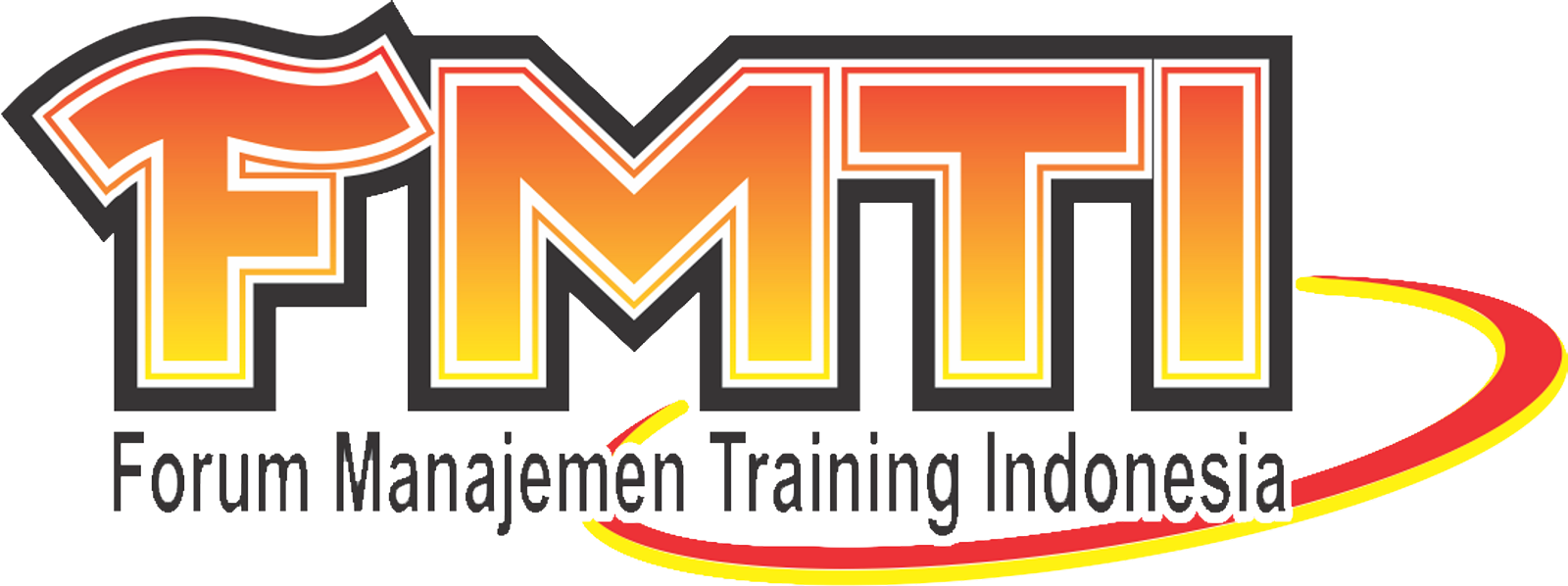ELECTRONIC
SECURITY SYSTEMS INSTALLER
Electronic security is one of the
major contributors to producing a safer society and environment. It creates a
sense of security that is needed to support various political, social, economic
and business agendas. The reduction of crime is currently a company prerogative
on various levels as it leads and contributes towards a stable environment.
It has become clear that relying on
human resources only for crime reduction and prevention purposes will not have
the effect on crime levels currently desired. Electronic security systems
promote proactive prevention and reduction of crime, protection of persons and
property and securing and provision of information as evidence, where
necessary, to protect the broader society against crime. This qualification
will provide electronic security standards aimed at supporting industry
sectors, public or private companies, large and small, by identifying security
risks and minimizing security breaches in any given environment. The use and
importance of electronic security equipment has thus been highlighted in recent
years.
This training is intended for security officers, security
managers, facility managers and other individuals responsible for security
functions. It is an introduction to electronic security systems, including
intrusion detection devices, control units, video surveillance systems, and
access control systems. The emphasis is on the fundamental principles of system
operation and their proper use. This course also helps participants to identify
and diagnose simple system problems, such as nuisance alarms and equipment
malfunctions. This training is ideal for meeting ongoing training requirements
for security officers and for basic training of new security personnel.
Outline :
- Communicate effectively in the security industry
- Follow workplace safety procedures in the security industry
- Work effectively in the security industry
- Provide technical security services to clients
- Install security equipment and systems : Burglar Alarms, Fire Alarms, Closed Circuit Security Cameras, CCTV, Access Control Systems.
- Perform routine maintenance on security equipment and system
Peserta :
Pelatihan
ini dimaksudkan untuk petugas keamanan, manajer keamanan, manajer fasilitas dan individu lain yang bertanggung
jawab
untuk
fungsi
keamanan. Ini merupakan pengantar
untuk
sistem
keamanan elektronik, termasuk perangkat deteksi intrusi, unit kontrol, sistem pengawasan video, dan sistem kontrol akses. Pelatihan ini sangat ideal untuk memenuhi kebutuhan pelatihan
berkelanjutan
bagi
petugas
keamanan
dan
pelatihan
dasar
personil keamanan baru.
